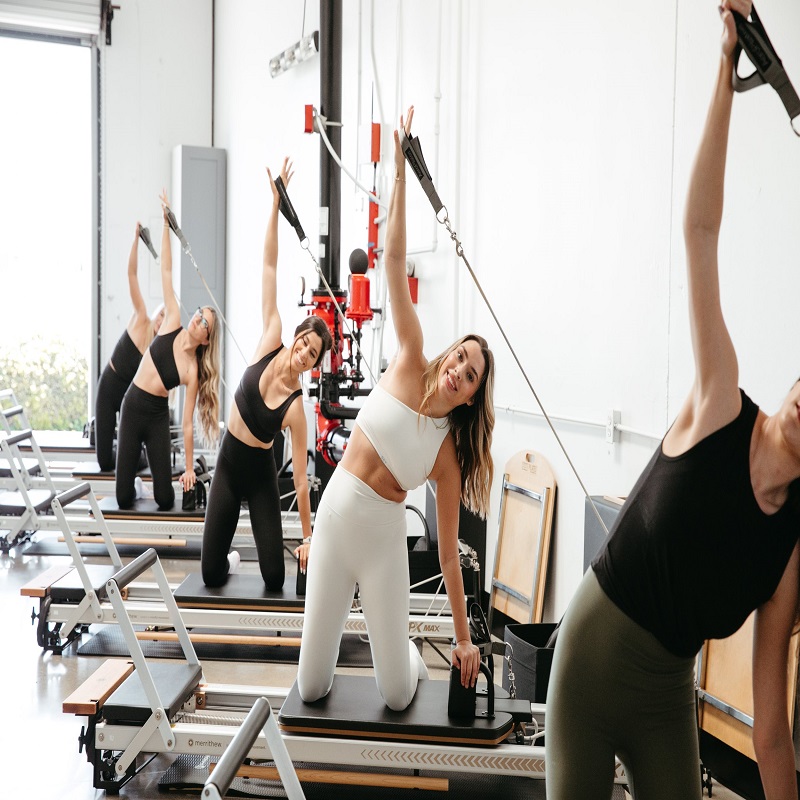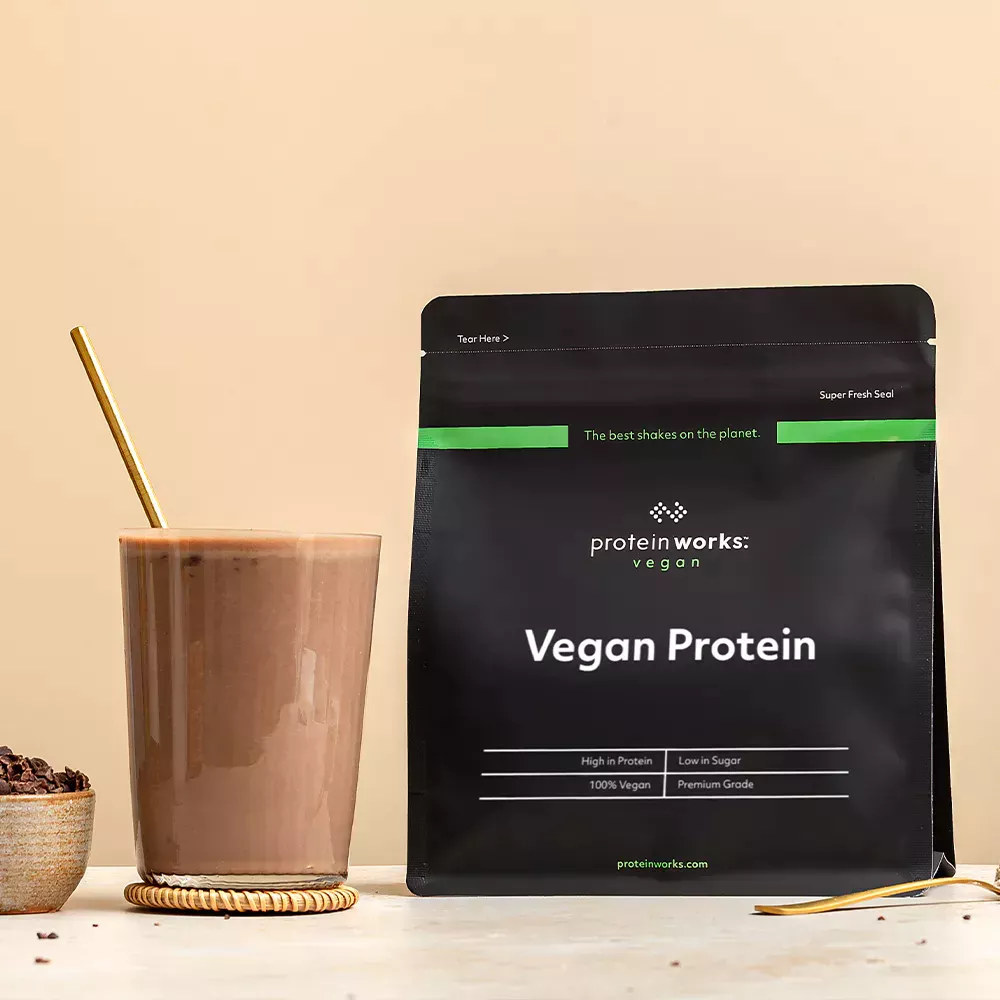Does Pilates Help You Lose Weight? You’re on a mission to shed excess pounds and reshape your body. Running seems too harsh, while lifting weights feels intimidating. Then you discover Pilates – the trendy low-impact workout everyone seems to be raving about. But can this precise exercise technique actually help you lose weight and burn fat?Does pilates help you lose weight?
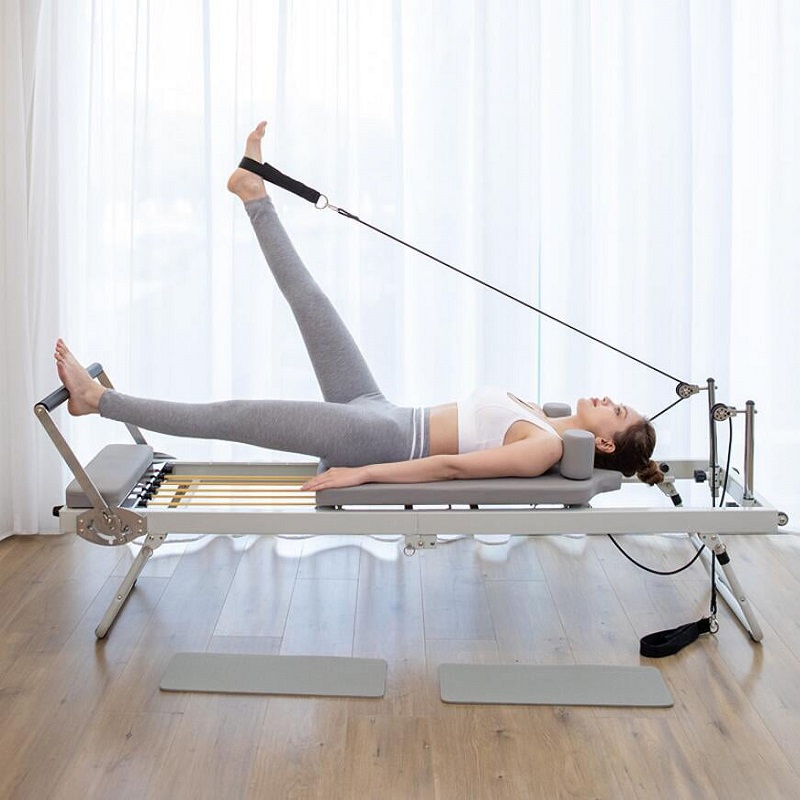
Understanding Pilates’ Benefits
At its core, Pilates aims to strengthen and lengthen your muscles while improving flexibility, posture, and mind-body connection. You engage your core constantly through controlled, flowing mat exercises and equipment like reformers or resistance rings. This builds lean muscle mass while elevating your heart rate moderately.
The Cardio Factor
Can pilates burn fat? While Pilates alone does provide a solid cardiovascular workout, it exists more in the low-to-moderate intensity zone. Routines tend to keep your heart rate around 50-70% of maximum capacity. This range is ideal for building strength and endurance but may fall short for optimal calorie burning and weight loss. Consequently, most devotees incorporate extra dedicated cardio.
Burning Calories Through Pilates
Depending on your size and workout intensity, a 50-minute beginner Pilates mat class burns roughly 175 calories. Intermediate or advanced sessions use more muscle groups and burn 250-350 calories. As a general reference point, you must burn approximately 3,500 calories to lose one pound of fat. So Pilates sessions won’t incinerate enormous calorie surpluses but can contribute modestly.
Achieving a Calorie Deficit
Does pilates help you lose weight?To effectively lose weight through Pilates, you need to create a consistent weekly calorie deficit. This means burning more calories through Pilates than you take in through food and beverages over a sustained timeframe. For example, achieving a 500 calorie daily deficit yields around one pound lost per week – a reasonable pace for most individuals.
Losing Fat vs. Losing Weight
It’s important to distinguish between simply losing pounds on the scale versus specifically losing fat. Pilates can help burn overall body weight through its muscle-building and cardio components. However, for maximum fat loss and body recomposition, it proves most effective when intelligently combined with a quality nutrition plan and supplemental exercises.
The Power of Resistance & Strength
While not overtly intense, Pilates utilizes functional strength training through resistance movements targeting your core, arms, glutes and legs. This helps build and preserve lean muscle tissue which naturally increases your resting metabolism. More muscle means your body burns additional calories around the clock, amplifying weight and fat loss.
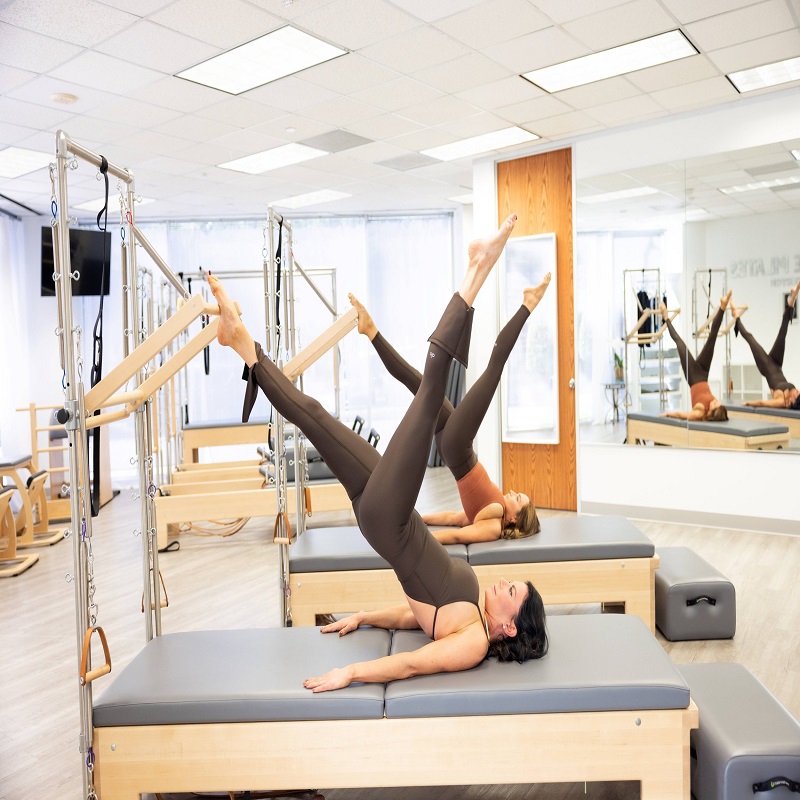
Importance of a Calorie-Controlled Diet
Pilates benefits weight loss, simply doing Pilates alone multiple times weekly will not maximize fat loss without also adjusting your dietary habits. You’ll need to monitor calorie intake and potentially reduce portions slightly to put your body in that essential calorie deficit required for weight loss. Achieving a 300-500 calorie daily shortfall through diet provides the sweetspot.
Enhancing Fat Burn with HIIT
To really ramp up fat burning effects from Pilates, experts recommend supplementing with periodic high-intensity interval training (HIIT) sessions. These intense bursts of heart-pumping cardio like sprinting or spin biking elevate afterburn – the calories your body continues incinerating post-workout. HIIT workouts might include Pilates-inspired explosive moves like plank jacks or jump lunges.
Protein for Retaining Lean Muscle
As you burn overall weight and fat through skinny fingers, you’ll also want to ensure you retain and build metabolically active lean muscle tissue. Focus on adequate protein intake through whole foods like chicken, fish, eggs, Greek yogurt and plant-based sources. Protein provides the raw materials to repair and rebuild worked muscle fibers.
Pilates Sculpts A Leaner Physique
While Pilates alone may not drastically move the needle on weight loss initially, it undeniably provides an excellent foundation for total body toning, strengthening and achieving a leaner physique over time. You’ll develop flatter abs, sculpted arms, a stronger back and core stabilizers. Ultimately, this improved muscle composition drives a heightened fat-burning metabolism.
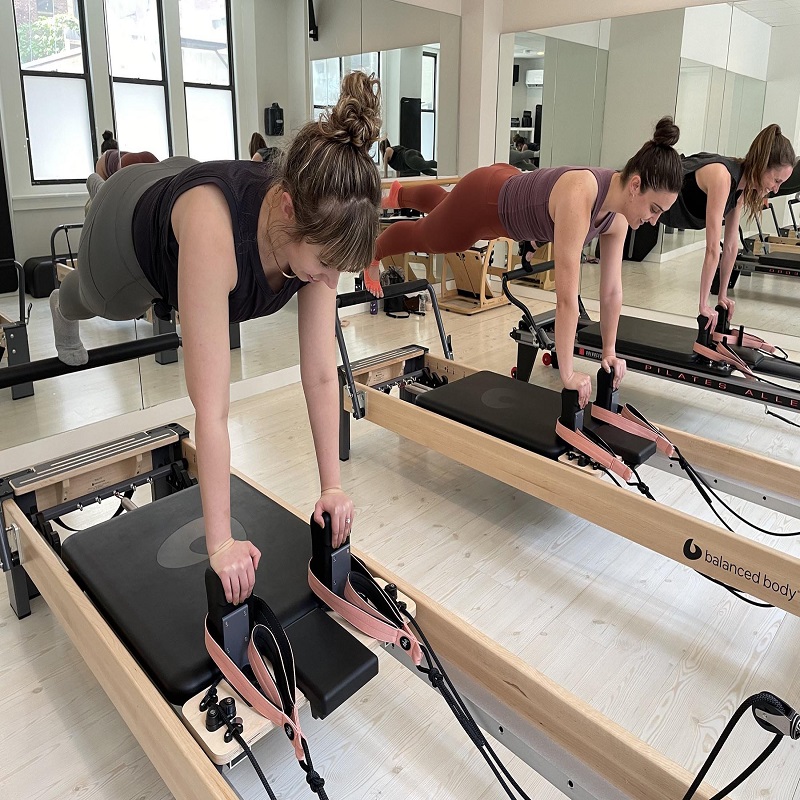
Be Patient And Persistent
Do you lose weight doing pilates? Embracing Pilates wholeheartedly can most certainly contribute to safe, sustainable weight loss when combined with strategic calorie control and elevated cardio bursts. However, progress won’t happen overnight. Commit to a consistent Pilates practice, make nutritional adjustments, and trust the process. Over weeks and months, you’ll begin unveiling a tighter, leaner, more defined you.
Does Pilates have any caveats?
Pilates is a popular form of exercise known for its focus on core strength, flexibility, and mindfulness. While Pilates offers numerous benefits, it is important to approach this practice with caution and awareness to ensure a safe and effective workout.
Professional Guidance and Instruction:
- Consult with a Healthcare Professional:
Before starting any new exercise program, it is advisable to consult with a healthcare professional, especially if you have any underlying health conditions or concerns. They can provide guidance on any modifications or precautions that you may need to take to ensure a safe Pilates practice. - Seek Qualified Instruction:
Ensure that you receive proper instruction from a qualified Pilates instructor, especially if you are new to the practice. A certified instructor can guide you through the correct techniques, help you understand the principles of Pilates, and provide modifications to suit your individual needs and abilities.
Proper Warm-Up and Cool-Down:
- Warm-Up:
Prior to starting your Pilates session, perform a comprehensive warm-up routine. This typically includes gentle movements that increase circulation, warm up the muscles, and prepare the body for more intense exercises. Engage in dynamic stretches, gentle cardio, or mobility exercises to gradually increase your heart rate and flexibility. - Cool-Down:
At the end of your brain, take time to cool down and stretch your muscles. This helps to lower your heart rate, release tension, and allow your body to return to a resting state. Engage in static stretches, focusing on the major muscle groups targeted during the session.
Proper Technique and Form:
- Start with Foundation Exercises:
If you are new to Pilates, it is important to begin with foundational exercises and gradually progress to more advanced movements. This allows you to build strength, improve flexibility, and establish proper form and technique. Mastering the basics sets the foundation for a safe and effective practice. - Focus on Alignment and Core Engagement:
Pay attention to your alignment throughout each exercise, maintaining a neutral spine, and avoiding excessive arching or rounding. Engage your core muscles to support your spine and stabilize your body during movements. This helps to promote proper muscle activation and reduces strain on the joints.
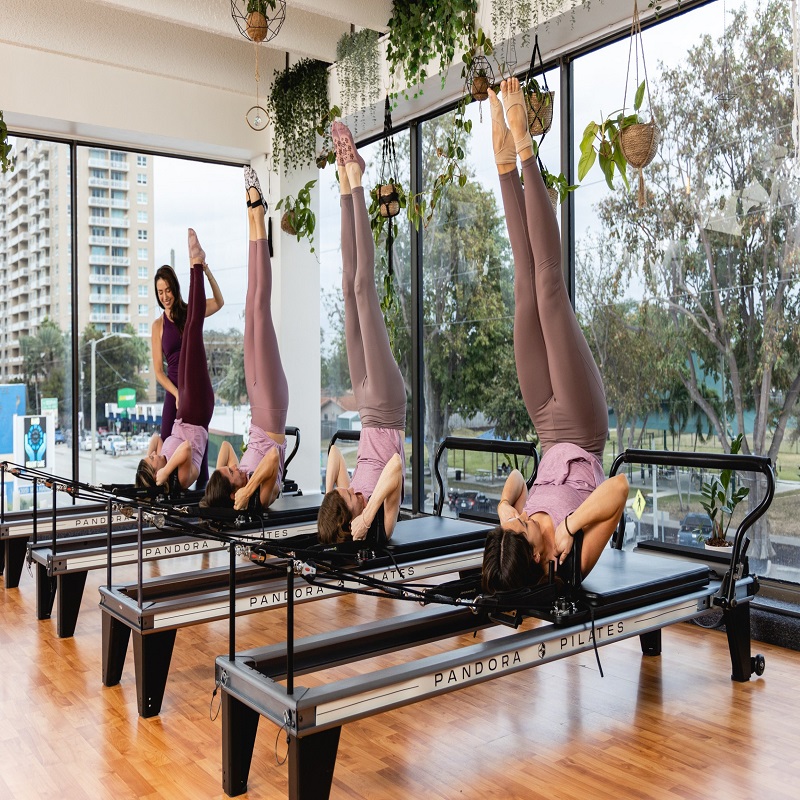
Listen to Your Body:
- Avoid Overexertion:
Pace yourself during your Pilates practice and avoid pushing beyond your limits. Respect your body’s needs and limitations, allowing yourself adequate recovery time between sessions. Overexertion can lead to muscle fatigue, strain, or injury. - Modify As Needed:
Be willing to modify exercises or take breaks as needed. Each individual’s body is different, and it’s important to honor your own limitations and modifications provided by your instructor. This ensures that you can practice skinny safely and comfortably, tailoring the exercises to your current fitness level and abilities.
Advantages of Pilates
Does pilates help lose weight? Pilates is a popular exercise method that focuses on strengthening the core, improving flexibility, and promoting overall mind-body wellness. Developed by Joseph Pilates in the early 20th century, this form of exercise has gained worldwide recognition for its numerous benefits.
Improved Posture and Alignment:
- Core Strength and Stability:
One of the primary benefits of practicing Pilates is improved core strength and stability. The exercises specifically target the deep abdominal muscles, as well as the muscles of the back and pelvis, which are crucial for maintaining proper posture and alignment. Strengthening these core muscles leads to better spinal support and a more upright posture. - Spinal Alignment and Balance:
Through Pilates exercises that focus on spinal mobility and alignment, individuals can develop improved posture and balance. The emphasis on elongating the spine and maintaining a neutral alignment helps correct imbalances caused by habitual poor posture or sedentary lifestyles.
Enhanced Core Strength and Muscle Tone:
- Core Engagement and Control:
Pilates places a strong emphasis on engaging the core muscles throughout each exercise. The controlled movements and precise muscle activation promote overall core strength, leading to better stability, balance, and control. A strong core not only enhances physical performance but also provides a foundation for better daily functional movement. - Full-Body Workout:
While Pilates primarily targets the core muscles, it also engages and strengthens other muscle groups throughout the body. The exercises work muscles from head to toe, including the back, hips, shoulders, arms, and legs. This comprehensive approach to muscle strengthening creates balanced and toned muscles throughout the body.
Increased Flexibility and Range of Motion:
- Safe and Effective Stretching:
Pilates incorporates both dynamic and static stretching exercises, designed to improve flexibility and joint mobility. The controlled movements and mindful stretching prevent overstretching and potential injuries, while gradually increasing flexibility over time. Enhanced flexibility improves functional movement, sports performance, and reduces the risk of muscle strains. - Lengthened and Toned Muscles:
Pilates exercises promote long, lean muscles rather than bulkiness. Through a combination of stretching and strengthening, the muscles become more flexible, toned, and elongated, resulting in a lean appearance. This aesthetic benefit is desirable for many individuals seeking a sculpted and streamlined physique.
Conclusion:
Pilates offers a wide range of advantages for individuals seeking a holistic approach to fitness and well-being. Through improved posture and alignment, enhanced core strength and muscle tone, increased flexibility, heightened body awareness, stress reduction, and injury prevention, Pilates provides a comprehensive workout that benefits the mind and body.
